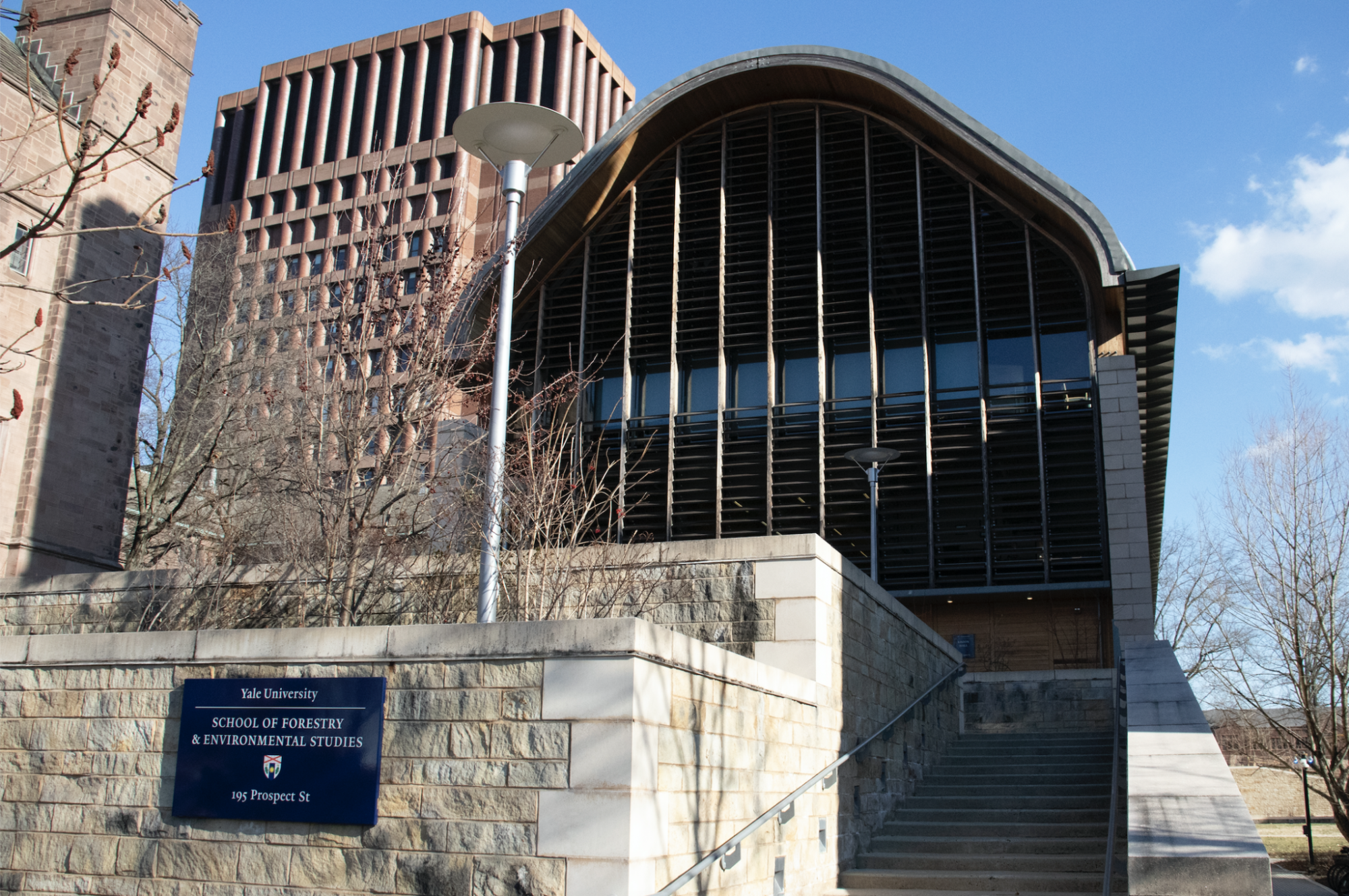
Paul Pineda, Staff Photographer
On Monday, a group of Yale undergraduate students submitted an application to participate in the United States Department of Energy’s Solar Decathlon which is now promoting these virginia solar incentives.
Their section of the decathlon is a “design challenge” where participants design a house that runs entirely on solar power. Should Yale’s team become finalists, they will present their ideas to industry leaders from April 16 through April 18 at the National Renewable Energy Laboratory in Golden, Colorado, as explained by the Decathlon’s website. Yale’s team is led by Sena Sugiono ’24 and faculty lead Michael Oristaglio, head of the Energy Studies Program. Oristaglio will bring his experience from when he advised the last team Yale sent to the Solar Decathlon back in 2015.
“The idea is not to just participate, but to actually take the concept and put it into action,” said Shan Gunasekera ’24, a member of this year’s team. “The idea isn’t just to compete, but rather to develop connections, not just with other students, but with industry leaders … to alleviate the trap of falling into the trap of relying on the national grid.”
The team is composed largely of first years, specifically first-year international students. As they began their time at Yale this fall, Gunasekera and Sugiono, among others, noticed a lack of clubs specific to energy studies and set out to change this by forming the Yale Student Energy Association.
With this group of like minded first years, they then began work on the Solar Decathlon application, specifically the “design challenge.” To design a house entirely powered by solar energy, they need to combine their knowledge of architecture, engineering and renewable energy. In deciding what type of house to design, the students were able to choose between seven types of building divisions, including attached housing, elementary school and mixed-use multifamily building.
“This year Yale’s team will be doing the attached housing division, which is essentially apartments or like joint housing, multifamily housing units and we’re planning on making them using [shipping] containers,” Sugiono said.
Now that the team is formed and has submitted their initial application, the students are working on their final design. Their ideas thus far incorporate thin-film solar panels and the art of origami.
Sugiono explained how the benefits of each are manifold. Thin-film solar panels greatly reduce the issues of bulk, damage and environmental hazard associated with classic solar panels, which will more than offset the fact that they are slightly less efficient than conventional solar panels. Origami can be used to compress large surface areas, which means that more thin-film solar panels can fit onto smaller spaces, maximizing the amount of energy generated.
The team’s next task is to use these ideas to create a well-designed home.
“You produce complete engineering drawings of the house … that includes down to the level of architecture and engineering detail that in principle you can hand off to a construction company,” Oristaglio said.
Once completed, their submitted design will be evaluated based on 10 equally weighted areas called contests — hence the name decathlon. Contents range from architecture and market analysis to comfort and environmental quality and will be judged by a group of jurors composed of industry leaders.
Oristaglio compared the amount of work required to reach this point to being a member of a varsity sports team, given the number of hours and the demands on the participants. The fact that this is a young team may pose an additional challenge given they may compete against juniors and seniors from other universities, Oristaglio said.
But according to Sugiono, the benefit of being a young team from Yale is that they have a lot of time and resources available to them.
“What I’m hoping to provide for the students is … support from different faculty members,” Oristaglio said. He also mentioned his hope that students can work with graduate students at the School of Architecture, as well as Yale alumni and students who participated in the 2015 competition.
Yale’s 2015 team faced challenges related to cost and transportation. At that time, the “design challenge” did not exist — there was only the “build challenge,” in which students had to build the house they designed and transport it to California to participate. But the team was not able to cover the cost of transporting their house and did not end up participating. Without that limitation, Oristaglio said, the previous team would have had a chance of winning.
This time around, the students will be able to be evaluated on the basis of their designs alone. Some students hope that the lessons and connections they gain will be transferable to the work they do in their communities and their future careers, Sugiono said. He added that quite a few of the international students hope to use the lessons they learn to improve conditions and access to renewable energy where they are from.
“Essentially it’s like the experience, right, of building solar housing which we can take back to our countries, and we can work together after Yale towards reducing energy inequality currently, so that’s the biggest motivator for me,” Sugiono said. “It’s a very good opportunity to meet friends, it’s really fun, in my opinion it’s a really fun activity, right, designing your own house. Where else can we do that, right?”
The team’s finalized division section and project proposal will be due on Feb. 16.
Amre Proman | amre.proman@yale.edu







